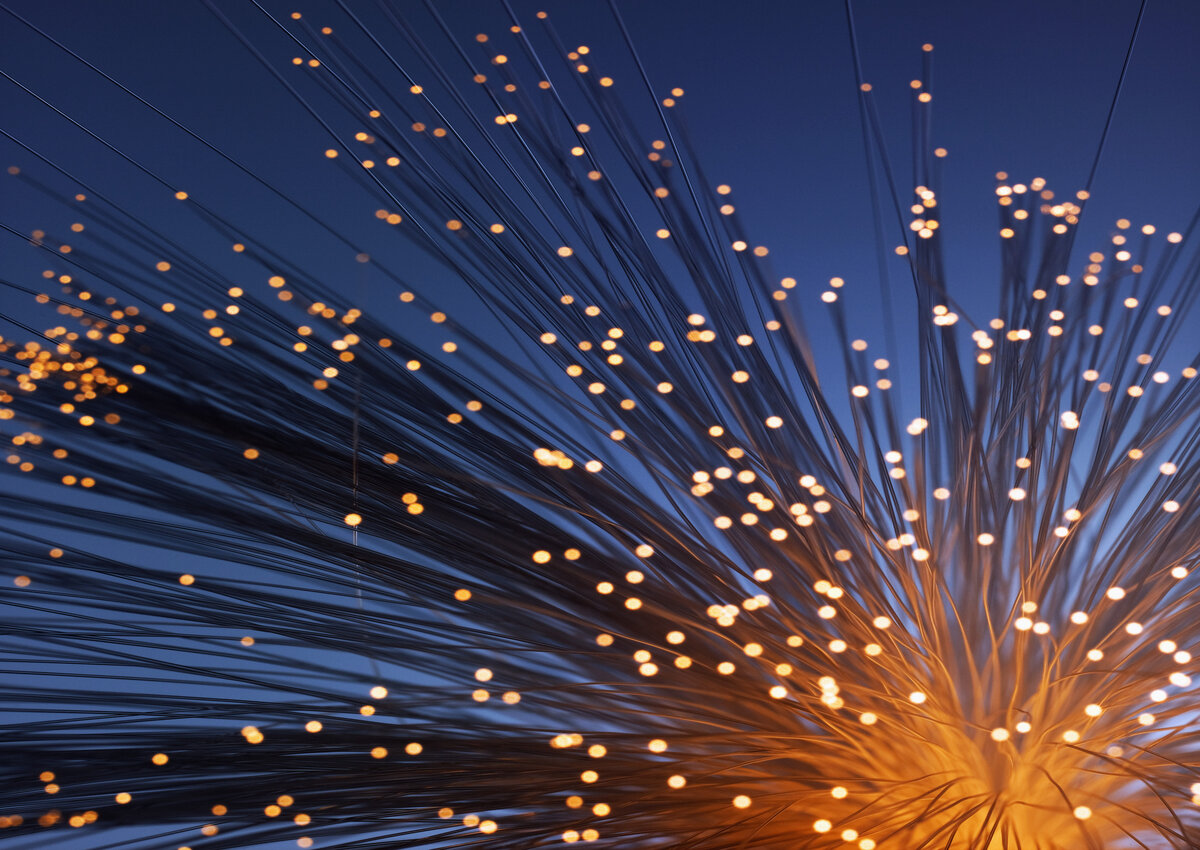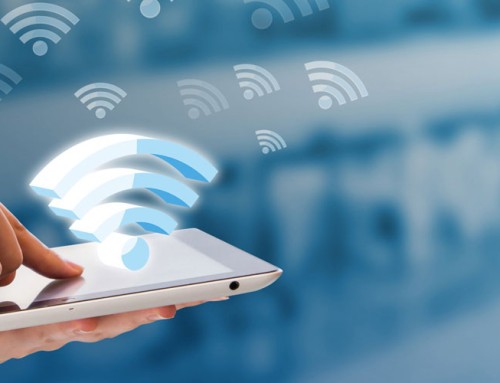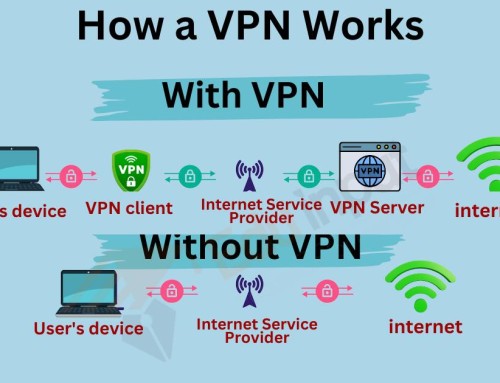What are Fiber Optics Connections?
Fiber optic connections are the fastest, most reliable, and most secure type of internet connection available. They use fiber optic cables to transmit data, which are made of glass or plastic and are able to transmit data at very high speeds. This makes fiber optic connections ideal for applications that require a lot of bandwidth, such as video streaming and gaming.
How do Fiber Optic Connections Work?
Fiber optics connections work by sending pulses of light through the fiber optic cable.
These pulses of light are encoded with data, and the receiver at the other end of the cable decodes the data and sends it to the computer or other device.
The light pulses are able to travel through the fiber optic cable because the cable is made of a material called cladding.
The cladding has a lower refractive index than the core of the fiber, which causes the light to be reflected back into the core. This ensures that the light travels in a straight line down the cable.
What Are the Advantages of Fiber Optic Connections?
There are many advantages to using fiber optic connections, including:
Faster speeds: Fiber optic connections can provide speeds up to 100 times faster than traditional copper wire connections. This is ideal for applications that require a lot of bandwidth, such as video streaming and gaming.
More reliable: Fiber optic connections are much more reliable than copper wire connections. They are less susceptible to interference and outages.
Secure: Fiber optic connections are more secure than copper wire connections.
They are harder to tap into, making them a better choice for businesses and government agencies.
Longer Distance: Fiber optic cables can transmit data over much longer distances than copper wire cables.
This makes them ideal for connecting remote locations.
Disadvantages of fiber optic connections
The main disadvantage of fiber optic connections is the cost.
Fiber optic cables are more expensive to install than copper wire cables. How
ever, the cost of fiber optic connections is coming down, and they are becoming more affordable for homes and businesses.
Another disadvantage of fiber optic connections is that they are not as widely available as copper wire connections. However, this is changing as more and more providers are rolling out fiber optic networks.
Overall, fiber optic connections are the best option for those who need a fast, reliable, and secure internet connection. If you are looking for an upgrade to your current internet connection, then a fiber optic connection is the way to go.
Here are Some Additional Details About Fiber Optic Connections:
Fiber optic connectors: Fiber optic connectors are used to connect the fiber optic cable to devices.
There are many different types of fiber optic connectors, each with its own advantages and disadvantages.
Fiber optic cable: Fiber optic cable is available in a variety of sizes and lengths.
The size of the cable determines the amount of data that can be transmitted. The length of the cable determines the distance that the data can be transmitted.
Fiber optic cables are installed by trained professionals: The installation process can be complex, and it is important to make sure that the cable is installed properly to avoid signal loss.
If you are interested in getting a fiber optic connection, you should contact your internet service provider to see if they offer fiber optic service in your area.







Leave A Comment
You must be logged in to post a comment.